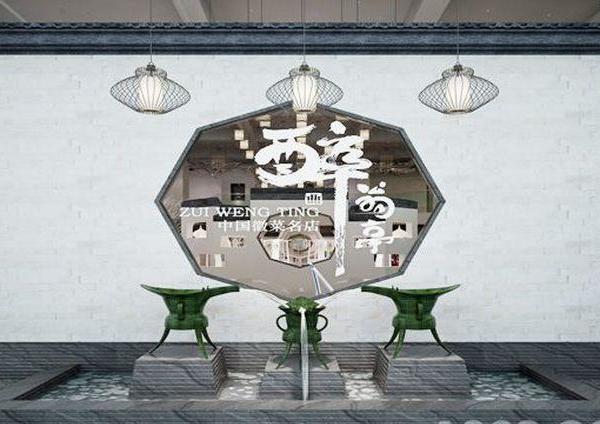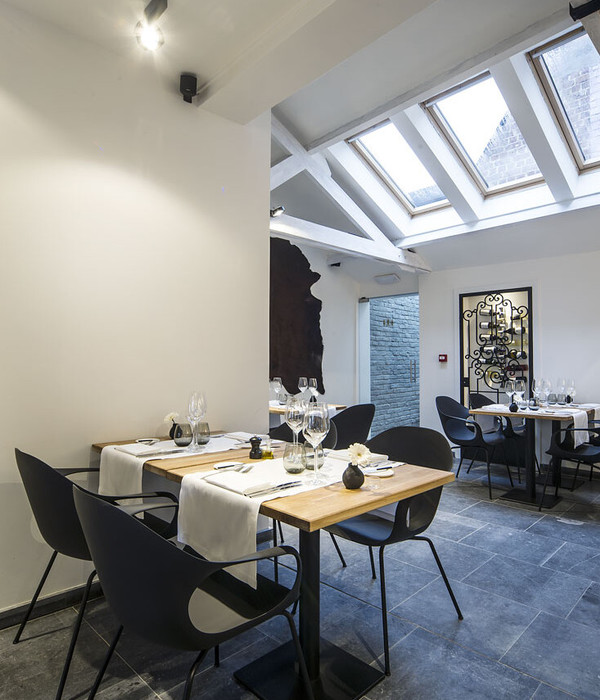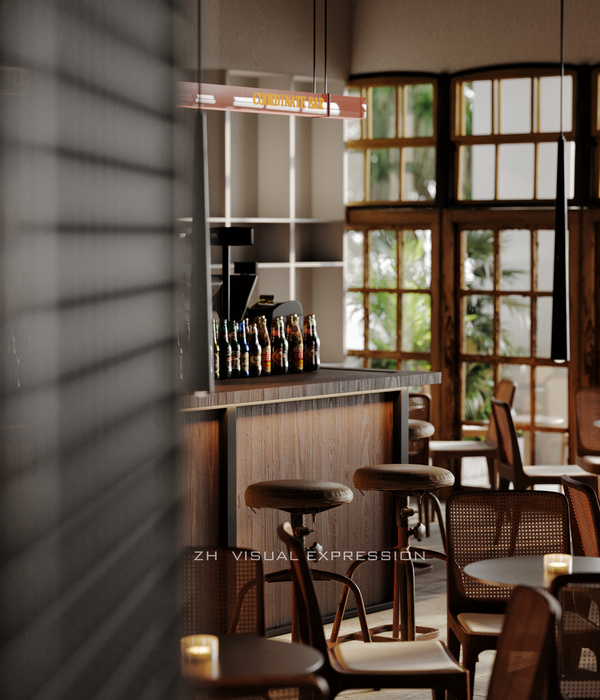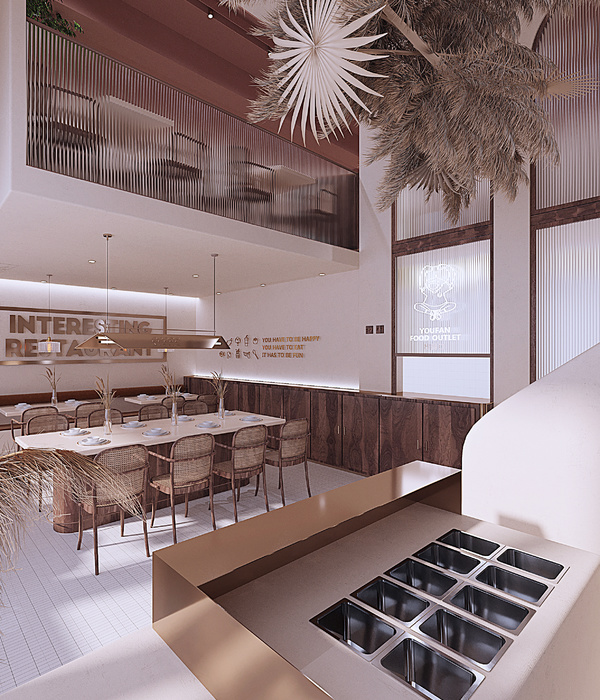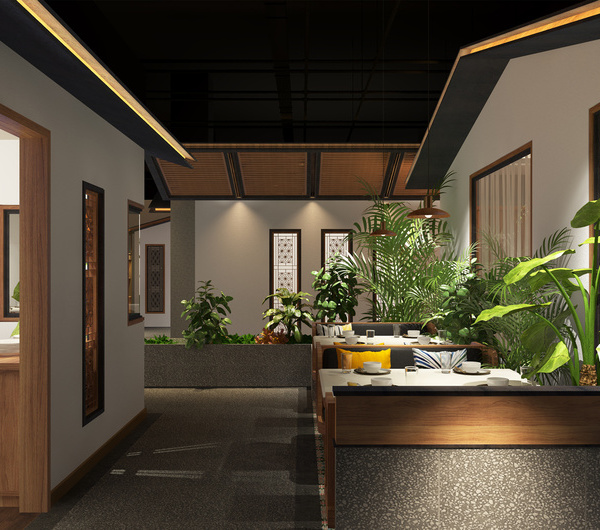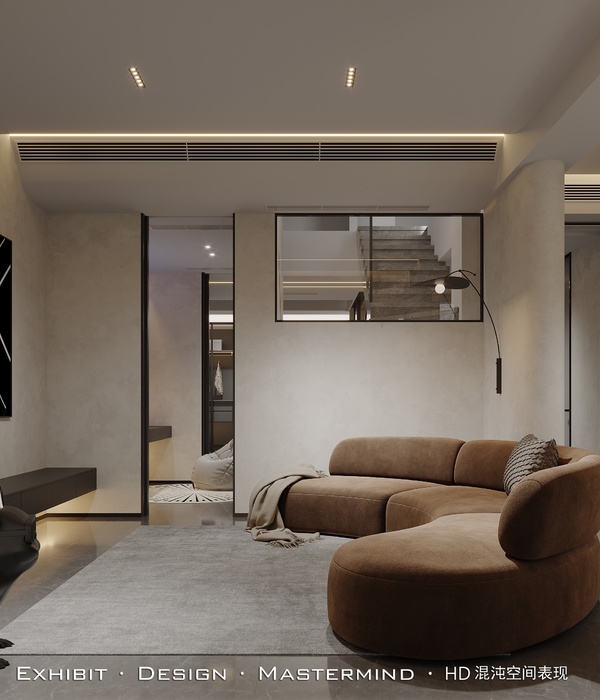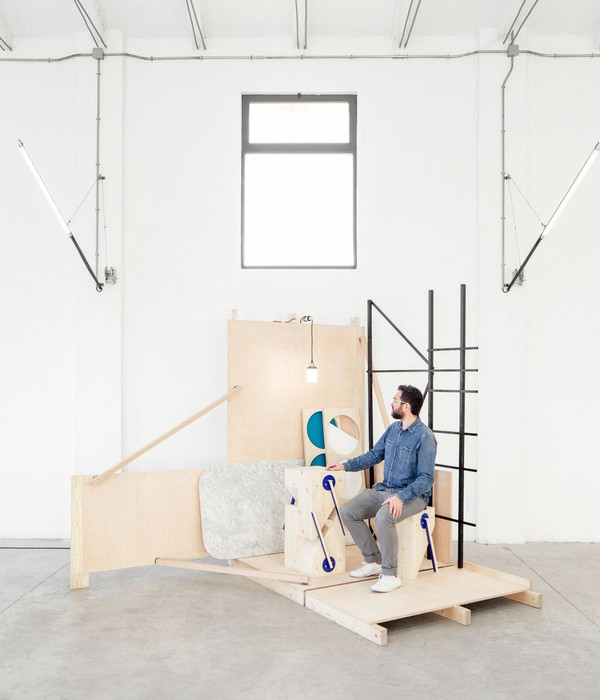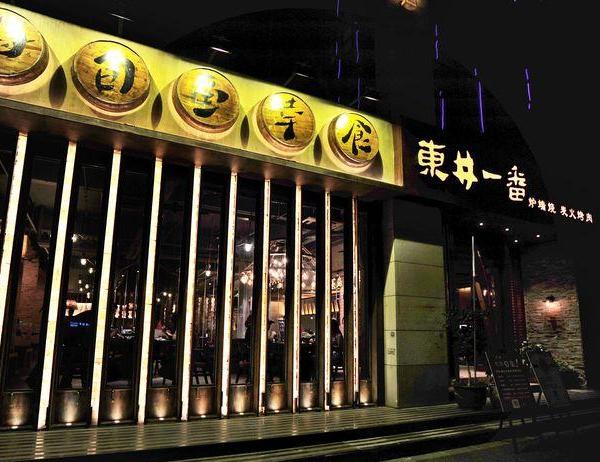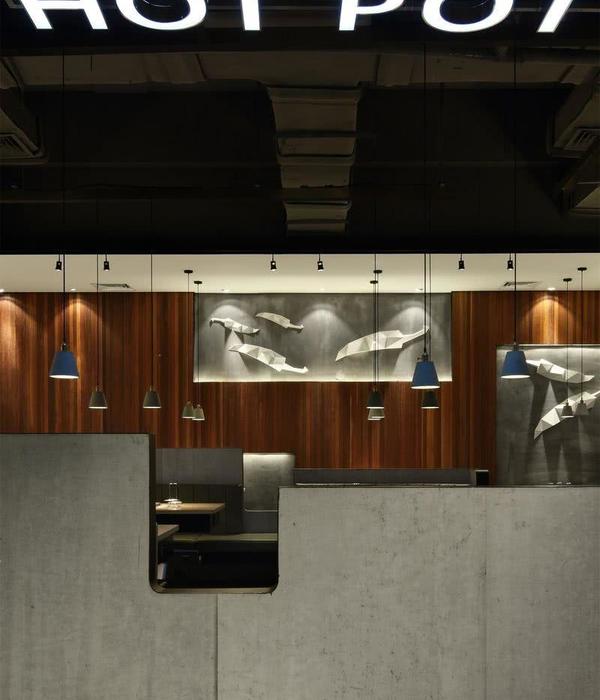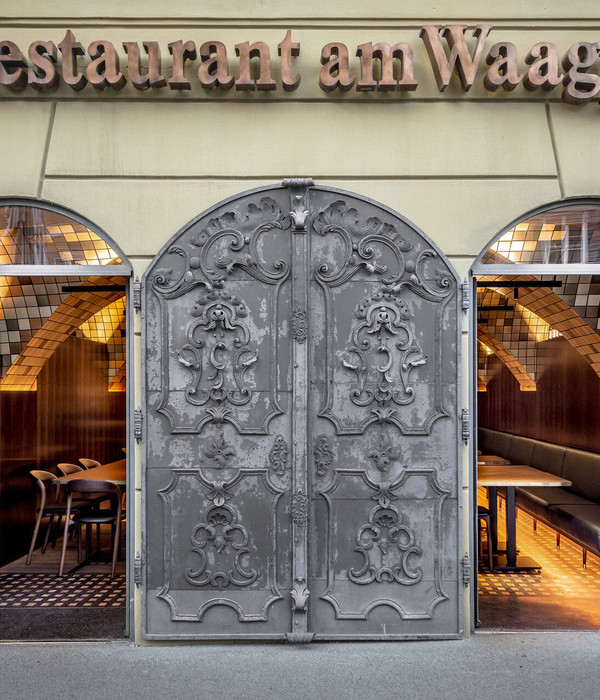The proposal questions current modes of production, seeking the restoration and expansion of a heritage building located in the Chacarita neighborhood, in the Autonomous City of Buenos Aires. It develops by proposing the enhancement of the preexistence and hybridizing it with an expansion through the manipulation of project tools and an austere use in its expression.
For its understanding, we will develop categorical instances: contextualization, disposition, and configuration; for analysis. The project from the contextualization. It proposes the expansion and recycling of a traditional 1920s house located in the Chacarita neighborhood, Autonomous City of Buenos Aires, on a corner lot, 10 x 10, which shares a similar configuration to other neighboring buildings.
It seeks to generate a complex relationship between the existing and the new, valuing the existing building and introducing new spatial conditions inherent to the proposal. In its base, the original facade of the house is respected, with building improvements; while in the upper section, a silent, respectful, and sensitive volume is raised, maintaining the height of its left neighbor (a 4-level building from the 70s).
The project from the disposition. It proposes to generate: a specialty coffee shop and spaces for collective encounters and exchanges that promote places of indeterminacy in search of a desirable synergy. The project operations sought to combine the composition, volumetry, and original structure of the building with a new, more complex order based on lightweight structures, synthetic interior wraps, and open spaces. In the intervention, some interior partitions were removed from the ground floor and basement to accommodate spacious spaces that adapt to the needs of the client, to simultaneously achieve new spatial conditions, increase the entry of natural light, generate cross ventilation, and improve the building's energy efficiency.
The project from the configuration. It proposes that all the materials incorporated seek to generate multiple relationships with the preexistences. The basement and ground floor are rehabilitated to maintain their original elements: balconies, wrought iron railings, moldings, and openings, as well as their vaults. Meanwhile, on the first and second floors, the contemporary assumes its articulator condition, using materials and textures that empathically combine.
{{item.text_origin}}

